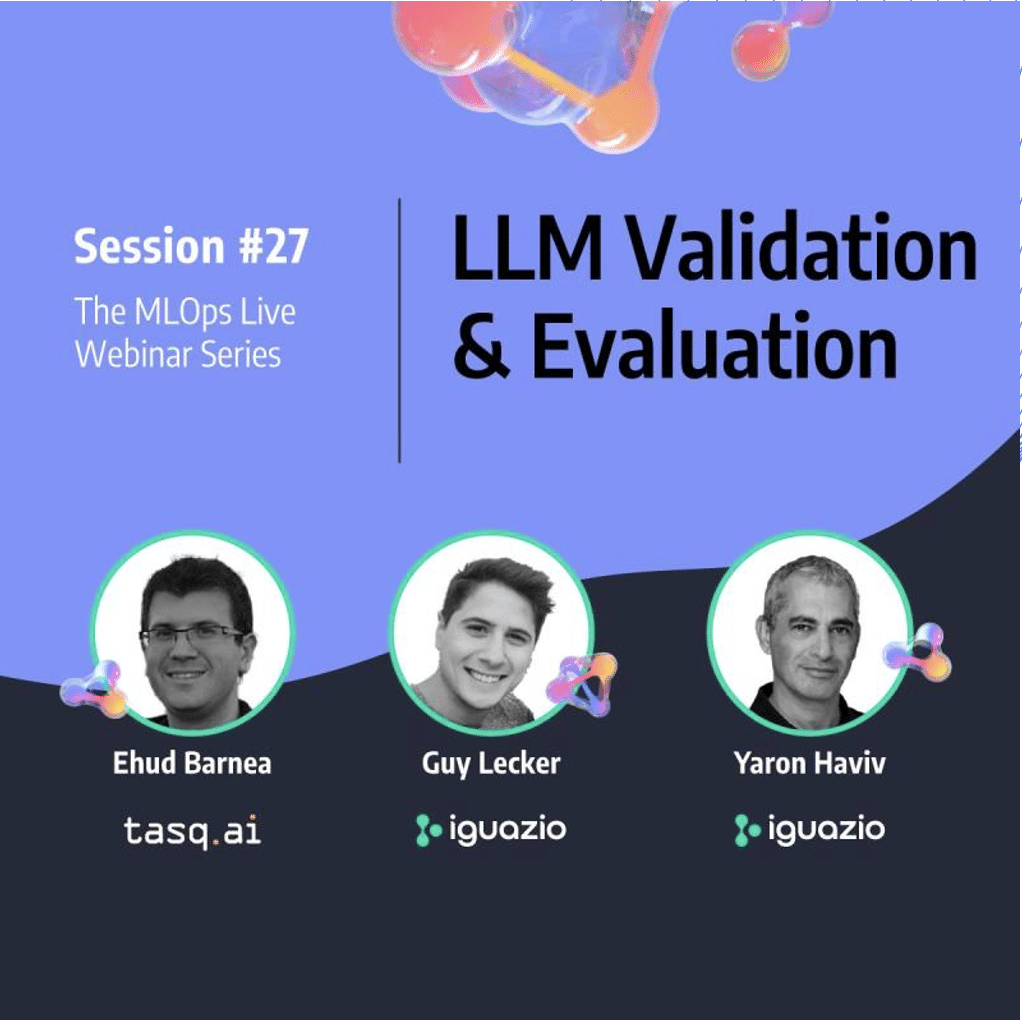- Start by evaluating the LLM and understanding how well it performs. This involves testing the model with various inputs to understand its strengths and weaknesses.
- Establish clear metrics that reflect the goals you aim to achieve with the LLM. For instance, if the LLM is used for customer care, metrics could focus on accuracy and response time.
- Break the overall problem into small tasks. This approach allows you to address specific areas where the LLM underperforms.
- Optimize the LLM with different prompts. Experiment with different prompting strategies to find the most effective ways to guide the model’s responses. This might involve tweaking the length, specificity, or format of prompts. You can also consider innovative approaches like fine-tuning the model on specific datasets, incorporating external knowledge bases, or using ensemble techniques where multiple models or prompts are used to generate a single output.
- Analyzing the model's responses to these variations can provide insights into more subtle aspects of its behavior and how it interprets instructions.
- Implement feedback loops where the model’s predictions are regularly reviewed and corrected by human operators. This real-world feedback can be used to further train and refine the model.
Looking for tools to assist with LLM prediction accuracy? Try open-source DeepEval or RAGAS.
Additional metrics that can help you evaluate your LLM include Answer Relevancy, Faithfulness, Hallucination, and Toxicity. (These are all covered in DeepEval). These metrics can be especially helpful when dealing with unstructured text dat. Unstructured data it requires something to compare against. However, a metric like Faithfulness, for example, can take the models output and see how well it adheres to some piece of knowledge that was used to generate the response (e.g. RAG) or some set of rules/guidelines.
It's also essential to evaluation data quality, especially if you are dealing with some external knowledge system like RAG. Some of the metrics available in DeepEval are related to how good is the quality of your data retrieval and its relevance to the question. For example, Contextual Precision, Contextual Recall and Contextual Relevancy.
